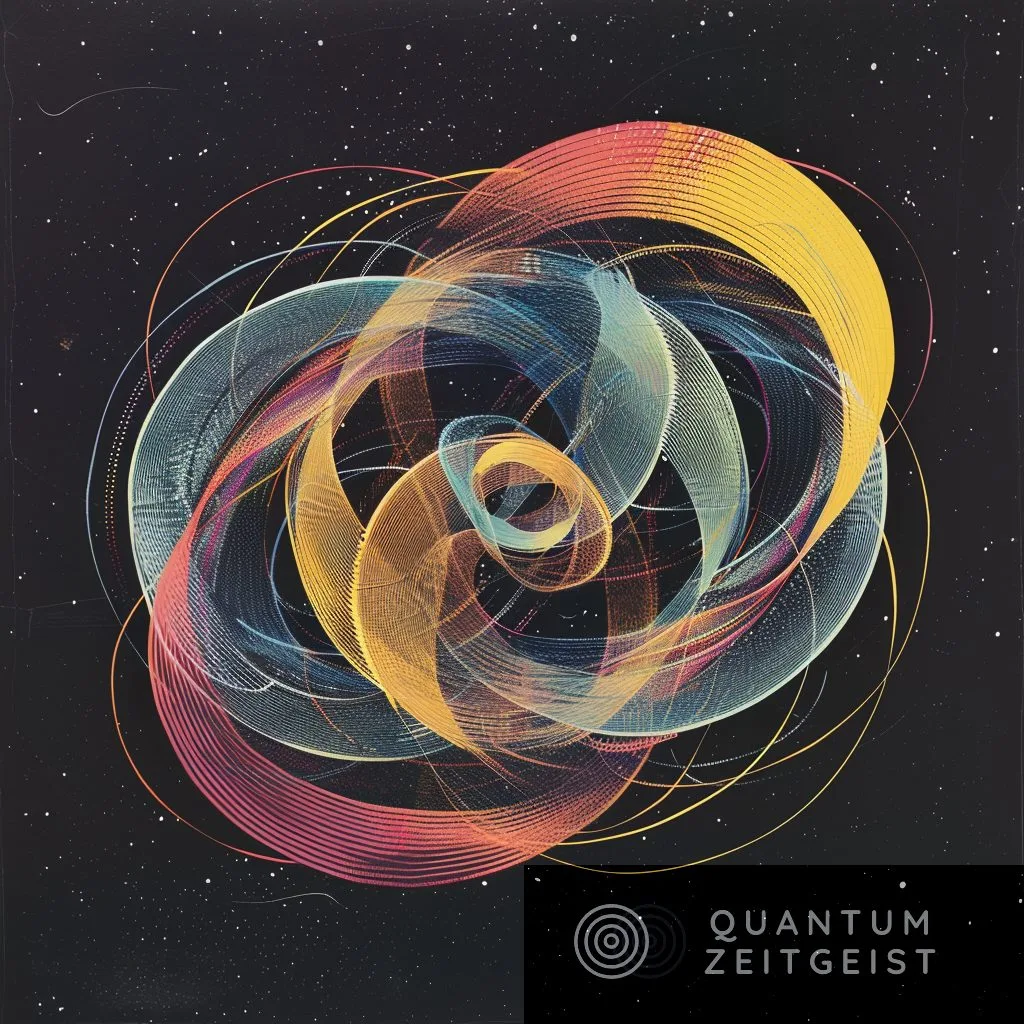Prof. YU Sixia, Associate Researcher SUN Liangliang, ZHOU Xiang from the University of Science and Technology of China, Prof. XU Zhenpeng from Anhui University, and Armin Tavakoli from Lund University have proposed a method to quantify quantum entanglement. Their research, published in Physical Review Letters, uses the standard entanglement witness procedure to measure the amount of entanglement in three common experimental scenarios. This new approach allows researchers to estimate the lower bounds of various entanglement measures, providing a more comprehensive understanding of quantum entanglement. The method has been praised for addressing an important issue in entanglement experiments.
Quantum Entanglement: A New Approach to Quantification
A team of researchers from the University of Science and Technology of China (USTC), Anhui University (AHU), and Lund University have proposed a novel approach to quantify quantum entanglement. This approach utilizes the standard entanglement witness procedure under three common experimental scenarios. The team’s work, which has been published in Physical Review Letters, fills a significant gap in quantum entanglement research.
Quantum entanglement, a fundamental quantum resource, promises advantages over classical resources in various information tasks, including quantum computation, communication, and metrology. Two primary tasks in quantum entanglement research are the detection and quantification of entanglement. Entanglement witnesses (EWs), observable quantities that are negative for entangled states and positive for separable states, are commonly used to detect entanglement due to their simplicity and strong detection capabilities. However, until now, EWs have only been used to detect the presence of entanglement, without providing an estimate of the amount of entanglement present in the state.
Normalizing Entanglement Witnesses
The research team discovered that EWs can be normalized into a trace distance, which characterizes the distinguishability between experimental data generated by a given entangled state and by a separable state under identical measurements. This distinguishability is the core of the entanglement quantifier and can be used to bound a variety of common entanglement measures.
In the scenario of trusted devices, the normalized EW characterizes the optimal distinguishability between the given state and the separable state. In the device-independent (DI) scenario, the normalized EW quantifies the optimal distinguishability between the quantum correlations generated by the given state and the local correlations generated by a separable state. A similar normalization of the EW is achieved in the measurement-device-independent (MDI) scenario.
Estimating Lower Bounds of Entanglement Measures
This entanglement quantifier enables researchers to estimate the lower bounds of various entanglement measures based on the mean value of the EWs, regardless of the experimental scenario. This means that EWs are no longer silent on the quantification of entanglement. For multipartite systems, the normalized EWs can be used to estimate the entanglement depth, which is the minimum number of entangled particles. As the number of particles approaches infinity, this method provides a rigorous lower bound that asymptotically tends to the exact value of entanglement.
Reviewers’ Praise and Future Implications
The reviewers highly praised this work, stating that it “comprehensively addressed an important issue, enabling entanglement experiments to encompass a broader range of entanglement measures”. This new approach to quantifying entanglement requires no numerical optimization and is easy to compute. It introduces a comprehensive method for estimating entanglement, which can be used to bound a variety of well-known entanglement measures from any given EW.
The researchers’ work extends from the scenario of trusted devices to both the MDI scenario and the DI scenario, for which the bounds are typically not tight. The method is inherently analytical. For trusted devices and the MDI scenario, the quantification can be easily computed. In the DI scenario, the most demanding computation needed is an upper bound on the largest quantum violation of the considered EW. This approach can also quantify entanglement with respect to a given Schmidt number and estimate the depth of entanglement in multipartite systems.
External Link: Click Here For More

